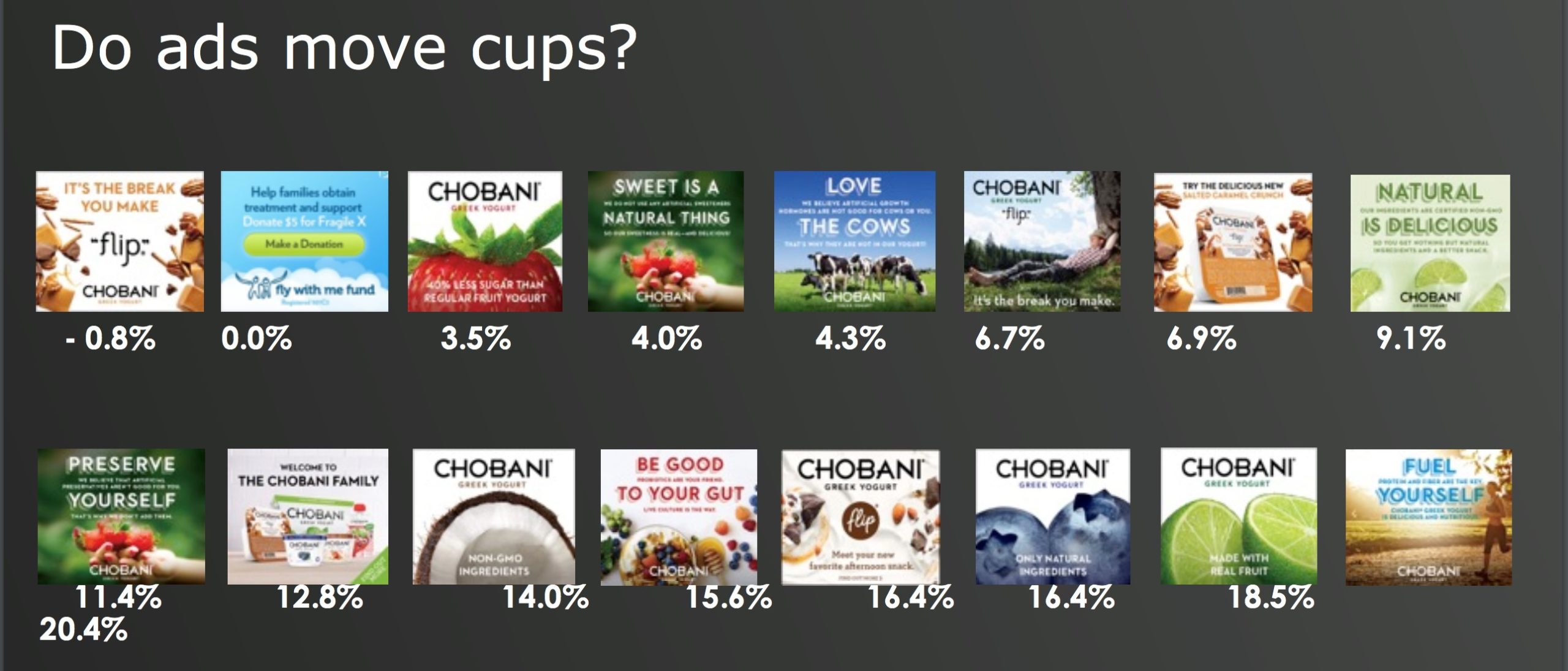- Analytics & Data Science
- Article
Data Case Study: Different Targets Need Different Messages
Member Only Access
Summary
As background, the author laid out a concise description of the programmatic ecology and then identified how the Chobani brand connected store purchase to digital activity in order to target messages to specific audience segments. Their process included identifying Chobani shoppers through loyalty card data, linking to household address, then linking that to a digital address, and then demonstrating sales impact by creating different messages for different targets. Chobani messages were created using a variety of segmentation indices including Discovery maps, a Geospatial index and a Social Issues index. These targets and their key messages included:- Self-improvement, using the message – Take a break, come back later
- Snacks, using the message – Meet your new favorite afternoon snack
- Passion, using the message – Delicious Greek yogurt and exciting toppings
- Delicious, using the message – Dive into deliciousness
- Natural, using the message – Enjoy only natural ingredients.

